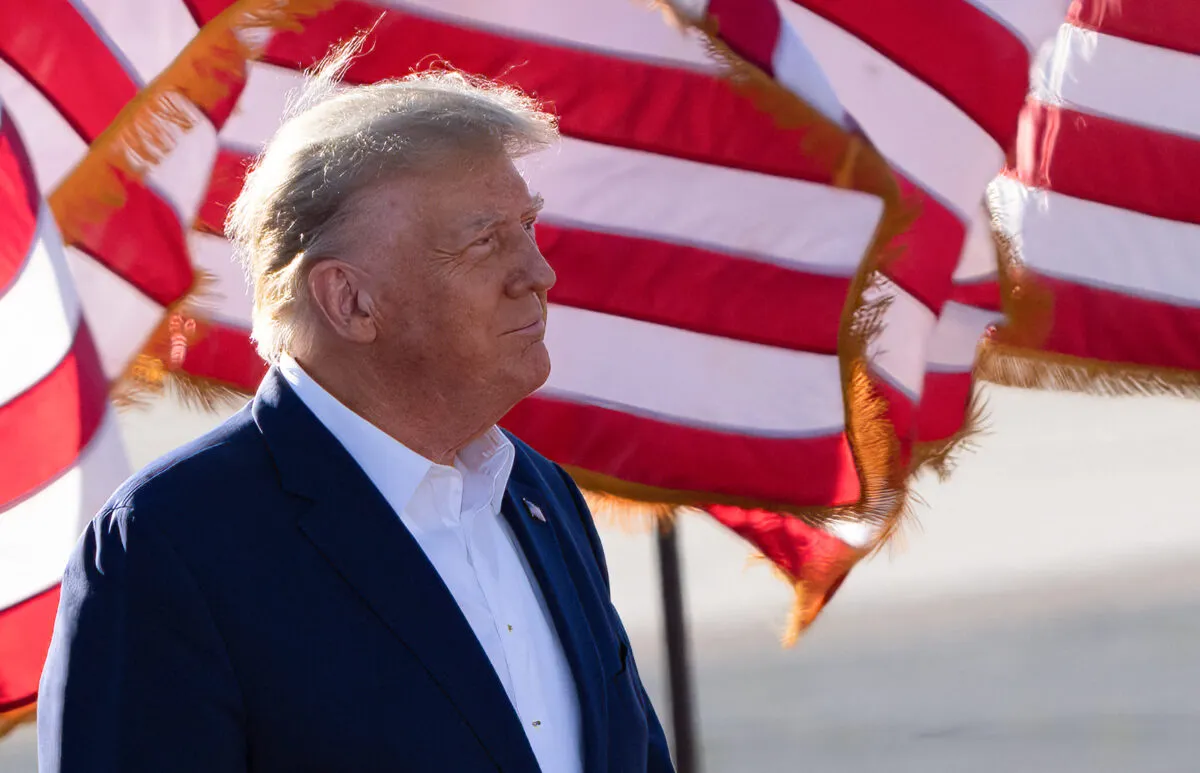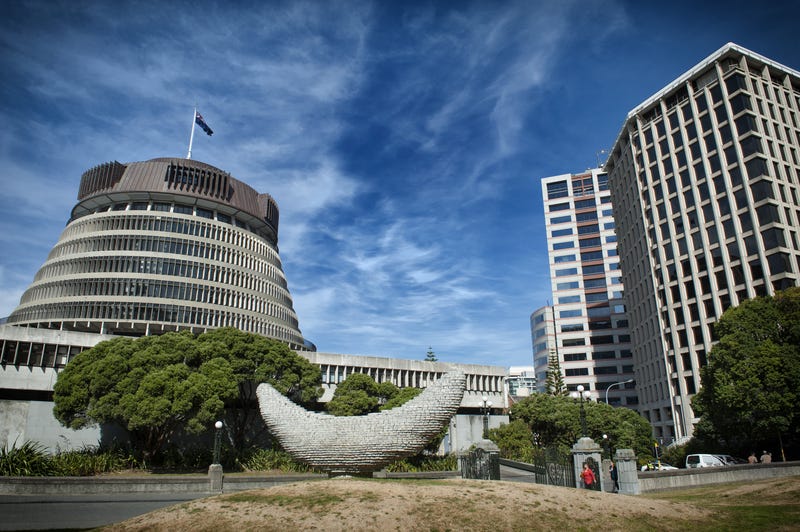Table of Contents
Andrew P Napolitano
“Where there is a wrong, there is a remedy.”
– Justice Benjamin N. Cardozo (1870-1938)
Last week, a New York court ordered the Trump Organization and its principals – including the former President – to forfeit nearly $400 million to the state government. This gargantuan punishment was not for any crime committed or harm caused by the defendants. Rather, it was government theft at its worst.
Here is the backstory.
When US Supreme Court Justice Benjamin N Cardozo described the basic principles of tort law in one easy line, he was reflecting upon centuries of Anglo-American jurisprudence. His dictum of wrong first and remedy afterward was essentially based on the common law understanding that an injured party can only seek damages for a wrong actually caused.
The legal and philosophical essence of wrongness is harm. The law does not concern itself with trifles or with theoretical wrongs, but only wrongs that have caused palpable and measurable harm.
The rational corollary to harm first and remedy later is that where there is no harm, there can be no remedy. Were this not the case, then a crazy plaintiff could drag a hapless defendant into court for all sorts of fanciful or theoretical or immeasurable or speculative claims – none of which caused harm.
In tandem with the Cardozoan wrong first and remedy later principle is the causation principle. This teaches that not all wrongdoing justifies a remedy – only those where a duty is owed and breached and where the breach caused measurable damages.
Law students memorize this line: “duty, breach, causation, damages,” as it encapsulates what a plaintiff must prove to a jury in order to obtain a monetary judgment against a culpable defendant.
The causation principle further requires that the breached duty must be one that the defendant owed to the very plaintiff who is seeking damages.
Stated differently, if I punch you in the nose, you can sue me for pain and suffering and permanent injury if there is any. But your sister, who learns later what I did to you, cannot sue me. In this scenario, I owed you a duty not to hit your nose and I breached that duty. And my breach caused you damages and the remedy you properly sought is compensation for the damages.
I also owed a duty not to punch your sister in the nose, but I didn’t breach that duty. Your sister may not like the new appearance of your nose, but I did not breach any duty owed to her, and thus she has no legal or moral basis upon which to sue me.
This is basic Anglo-American tort law as practiced and understood for more than 600 years.
What role does the government play in this scenario? The only moral and constitutional role for government here is to provide a neutral and credible forum for the resolution of the dispute between you and me.
However, were the government to enter the dispute as a litigant or were the government to claim some harm where none existed, it would do violence to these basic legal principles, it would impair my natural and constitutional rights to own property, and, if successful, it would constitute theft for its own benefit.
Yet, all of this just took place last week in a New York courtroom. The government was the State of New York and the defendants were the Trump Organization and its principals.
How can the government claim harm where none was caused?
The government created a phantom harm by arguing to the court that Trump’s corporation was not fully accurate in its loan applications and thus was charged a lower interest rate on the loans than it should have been charged had it been accurate; and thus it earned more income on its use of the money it borrowed than would have been the case had it scrupulously reported the value of its pledged assets; and thus – somehow – the government ought to be able to confiscate the excess income plus interest.
This, of course, defies the no-damages-without-breach-of-a-duty principle and no-damages-without-caused-harm principle that have been the bedrock of American tort law. It also redefines fraud.
The government told the court that Trump defrauded his lenders by inaccurately stating his assets. If you borrow $100 million from a bank and pledge as security a building worth $2 billion, you will get more favorable loan terms – a lower interest rate – than if you pledged as security a building worth $1 billion. But Trump’s banks did their own due diligence on the value of the assets he pledged, and they told the court that they were satisfied with Trump’s valuations.
The lenders also told the court that Trump paid back every dime they loaned to him with interest. And the banks told the court that Trump was such a good customer, they’d gladly lend to him again.
But the government told the court that Trump defrauded his lenders. Fraud is a material misrepresentation made in order to induce reliance and upon which someone relied to his detriment. The definition of fraud used in the Trump case mysteriously omits the detrimental reliance part of this definition.
Yet, this full definition has been universally accepted for 600+ years. Its purpose is to prevent just what happened here — a stranger to the loan transaction, who did not rely on any of the borrower’s representations, showing up afterward and claiming harm.
What harm?
The government won’t say how it was harmed by Trump’s commercial loans because it wasn’t harmed at all by them. Oh, the government lawyers made a fanciful argument to the effect that if Trump had borrowed less because the buildings pledged as security were worth less than he claimed, the banks would have had more reserves available to lend to others. That is nonsense.
The banks get the cash they lend from the Federal Reserve and Trump did not put the money he borrowed into a shoe box. Rather, it was used to develop New York City real estate and those developments created thousands of new jobs and much new wealth.
By rejecting established legal principles, this case has done more harm to the rule of law than any misstatement of asset worth has done to the banks. The government enacted a statute that permitted it to claim harm where none existed and then steal from a wealthy entity; and a judge – sworn to uphold the Constitution – let the government get away with it.
Why do we put our liberties for safe keeping into the hands of those who destroy them?
To learn more about Judge Andrew Napolitano, visit https://JudgeNap.com.
COPYRIGHT 2024 ANDREW P NAPOLITANO
DISTRIBUTED BY CREATORS.COM









